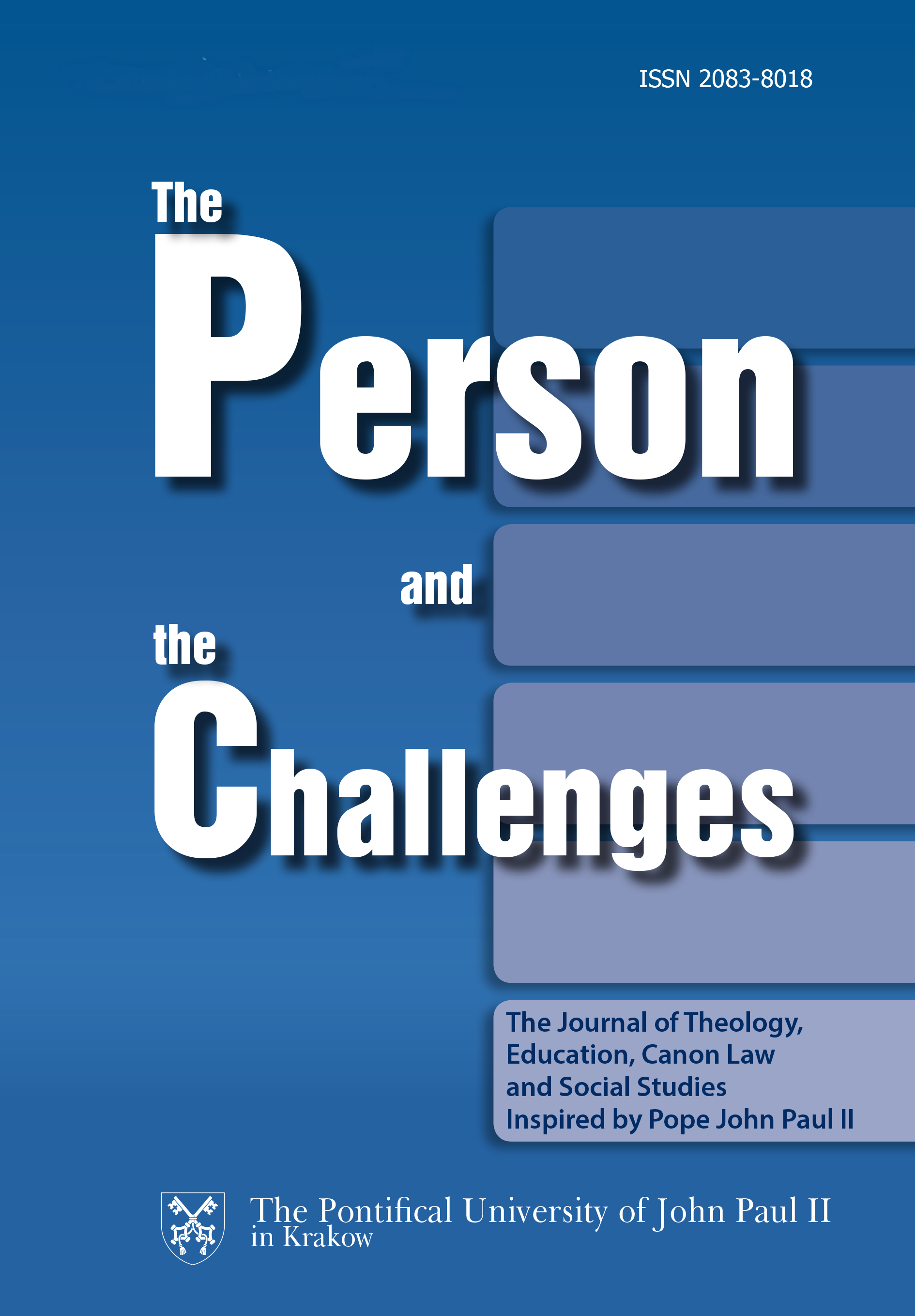Non-verbal Communication and Communicative Understanding of the Liturgy and Liturgical Signs...in the Light of Charles Sanders Peirce’s Theory of Signs
Non-verbal Communication and Communicative Understanding of the Liturgy and Liturgical Signs...in the Light of Charles Sanders Peirce’s Theory of Signs
Author(s): Krajnc Slavko, Gerjolj StankoSubject(s): Theology and Religion
Published by: Wydawnictwo Naukowe Uniwersytetu Papieskiego Jana Pawła II w Krakowie
Keywords: Ritual; Rites; Liturgy; non-verbal Communication; Liturgical Signs – Symbols; Peirce’s Theory of Signs; Spirituality
Summary/Abstract: The human person as a “triadic” creature needs ritual at all three levels − physical, psychological and spiritual − of his or her being. At the physical level, ritual serves as support for a healthier life-style. At the psychological level, ritual regulates intrapersonal and interpersonal communicatio. At the level of spirituality, it places him or her in the context of transcendence and “recent aims” and both individually and communally gives meaning to human life. Therefore, the author of the paper first This paper starts by considering the human person as a ritual creature that already with his body requires certain ritual acts and various forms of nonverbal communication. In the central part of the discussion, the author focuses on Peirce’s theory of signs and presents it as one model suitable for understanding and explaining liturgical signs. This is an interesting understanding of religious signs, which encourages an interpretative relationship between the human person and the liturgy, its signs and contents.
- Issue Year: 4/2014
- Issue No: 1
- Page Range: 77-96
- Page Count: 20
- Language: English

